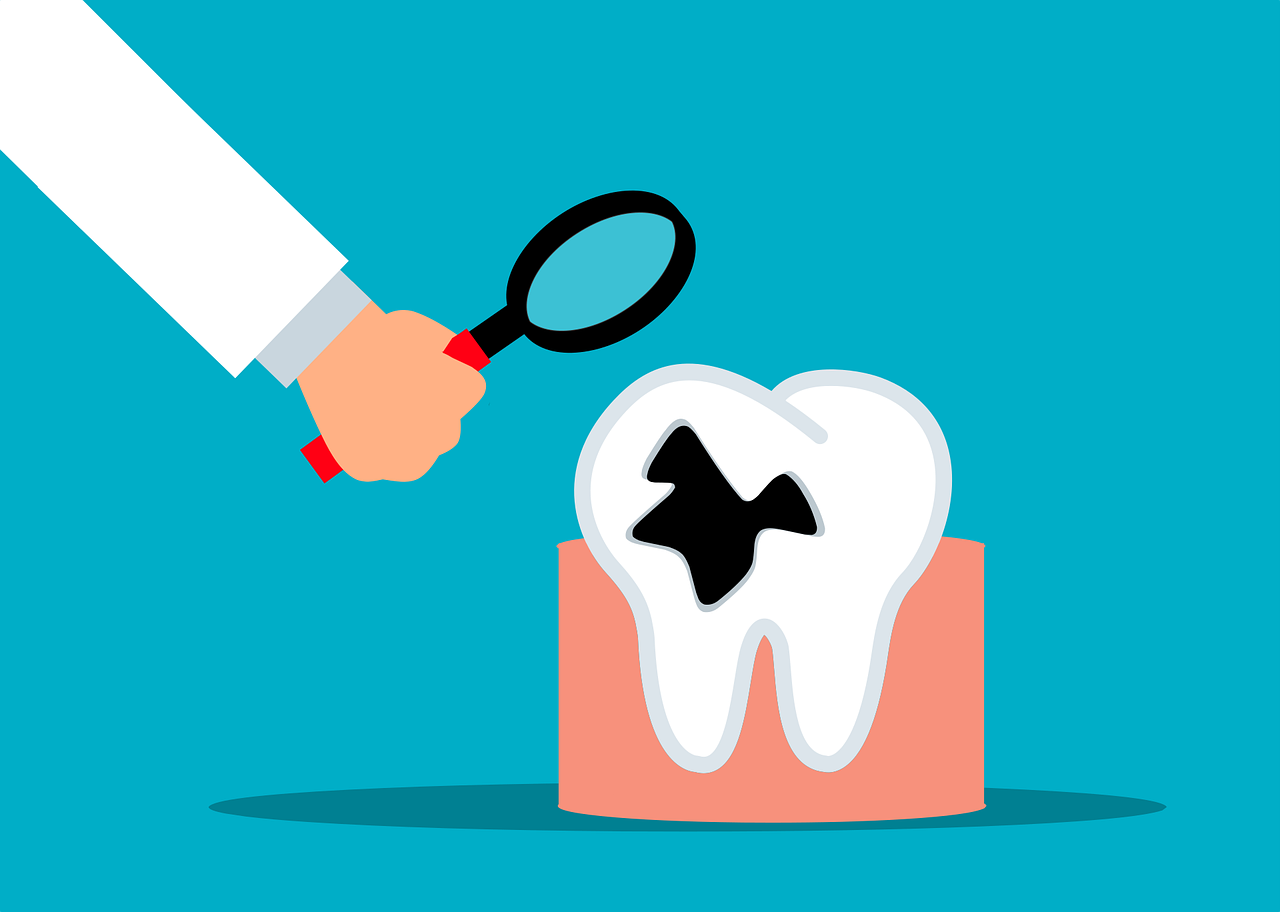Did you know that your mouth and body is a two way street???? To be simpler, an unhealthy mouth offers clues to unhealthy body and vice versa….So, be protective by learning more about the connection between your oral and overall health.

The connecting link
One important thing that has to be understood is that mouth is an important part of the body and not merely a gateway to the delicious foodstuff. Many of the critical physiologic functions like chewing, breathing or speech are performed by our oral cavity and has the potential to reflect the human body’s internal condition. As a gateway to the human body, oral cavity is constantly being invaded by various bacterias, fungi, parasites, viruses. With an increasing trend towards sedentary lifestyle, most of the patients seeking oral health services are either taking chronic medications or have undergone surgeries. This, surely, has prolonged life but also has an immense effect on maxillofacial and dental health. Long term use of medicines can affect the salivary flow. Saliva clears away the food debris and neutralises the acid produced by bacteria in the mouth, helping to prevent the bacteria flourish in the mouth and prevent a disease.
Poor oral health – tooth pain, joint pain, xerostomia, burning mouth, missing tooth, on the other hand, can affect the quality of life. Studies have shown that poor oral health can lead to major illness including cardiovascular diseases, diabetes, lung and kidney diseases, stomach ulcers and even oral cancers. Bad mouth with poor oral hygiene can have serious ill effects among women during pregnancy and on their newborns.
Apart from this, there are many diseases for which only oral signs and symptoms are the most evident. Like, for example, lichen planus, pemphigus vulgaris, herpetic infections etc may show only oral signs and symptoms in the early stages of disease progression.
The oral lesions in measles known as koplik’s spots found to precede the other symptoms of the disease. At other times, the specific oral ulcers may appear either simultaneously or after the skin manifestations as in systemic lupus erythematosus. All the ulcers appearing in the mouth may not be common mouth sores and treated by any anaesthetic gel. So, an ulcer which may seem a common sore may be an indication of some deadly disease. A careful watch is always necessary.
In cases, if the oral lesions and the lesions on the body are almost similar, one may be suffering from any vesiculobullous disorder. In malabsorption or digestion disorders, oral lesions may have different pattern because they have arised due to secondary effect of the changes inside the body.
It is obvious that there are diseases with oral symptoms and to enlist a few diseases with most common oral lesions, we have Sjogren’s syndrome, Behcet’s syndrome, Erythema multiforme, Diabetes, Addison’s disease, AIDS, Primary immunodeficiency disorders, Anemia, Cyclic neutopenia, Chronic kidney disease, Rheumatoid arthritis, Systemic sclerosis, Chronic graft versus host reaction, haemophilia, pregnancy, measles, lymphoma, tuberculosis, anxiety and depression. Opportunistic infections like candidiasis always paves a way for its growth overlying the lesion.
In addition to the diseases, vitamin and other nutritional deficiencies also manifests many of the oral disorders. Early loss and delayed eruption of the teeth, retarded alveolar bone formation, inflammatory gingival with spontaneous gingival haemorrhages, pallor of oral mucosa, pigmentation of oral tissues etc are signs and symptoms to name a few.
How to identify ???

Oral Health speaks a volume about the health of the person. One should always keep in mind the downstream effects of the healthy mouth and should remain aware of the changes seen in the oral cavity. Awareness is one of the most important aspect. As is known, oral cavity is lined by the derivatives of all the primary germinal layers and also includes the tissues not found anywhere else in the body, it is considered to be one of the important diagnostic areas of the body. The oral lesions always prove to be an important component in diagnosing a medical condition and paves a way for its treatment.
Recognition of the lesion and its proper management follows up in a line after awareness. As dentists are concerned with the oral cavity and its diseases, it becomes their responsibility to primarily recognize the lesions and become an active participant of teamwork in association with the physicians to provide medical and dental needs of such medically compromised patients.
A healthy you is happy you. So, regularly keep visiting an oral physician at least every six months.







Hi, this article about MOUTH – THE MIRROR OF THE BODY is very useful and inspirational.
That is why I want to help me to leave you a way to get rid of herpes: https://bit.ly/2XdNOAT
Great success with this site!
I am glad that I found this article well documented and very informative.
I want to share how I treated Yeast and Candida Infection, maybe it
will be useful to someone: https://bit.ly/3cq12iO
Thank you and keep going, you do a great job!!